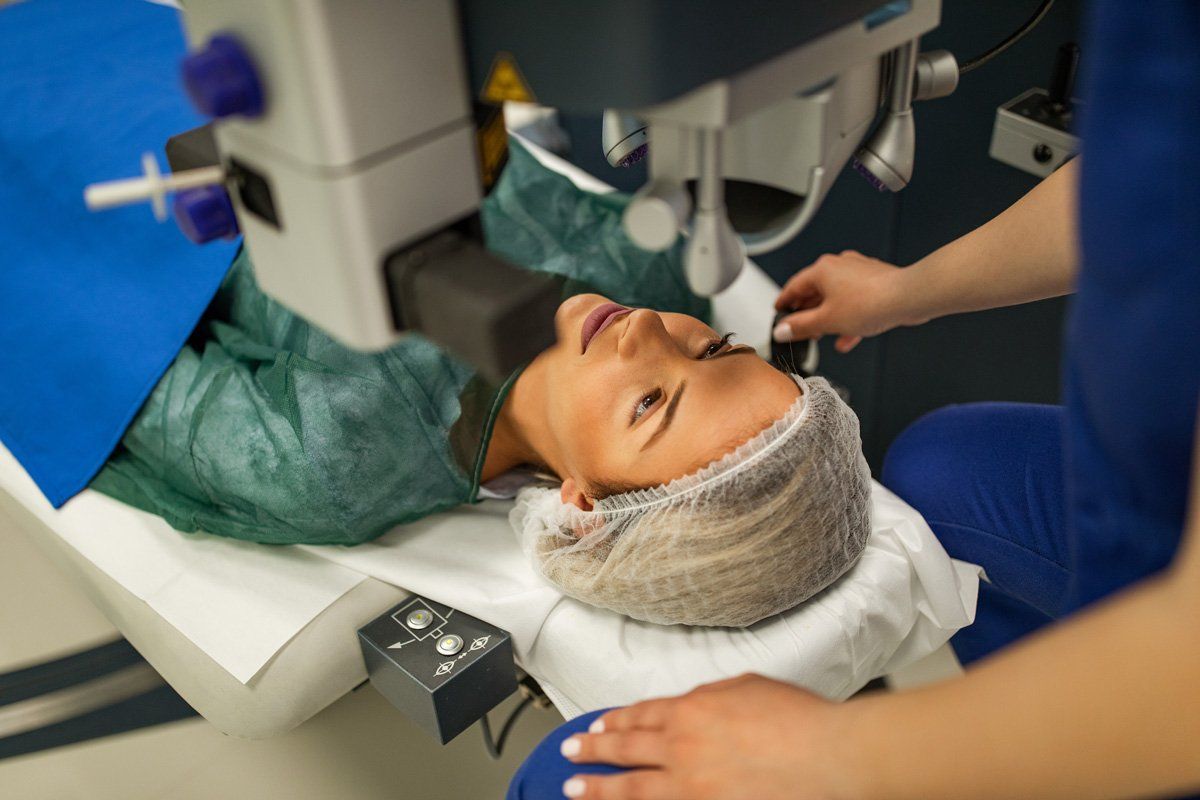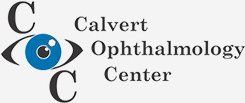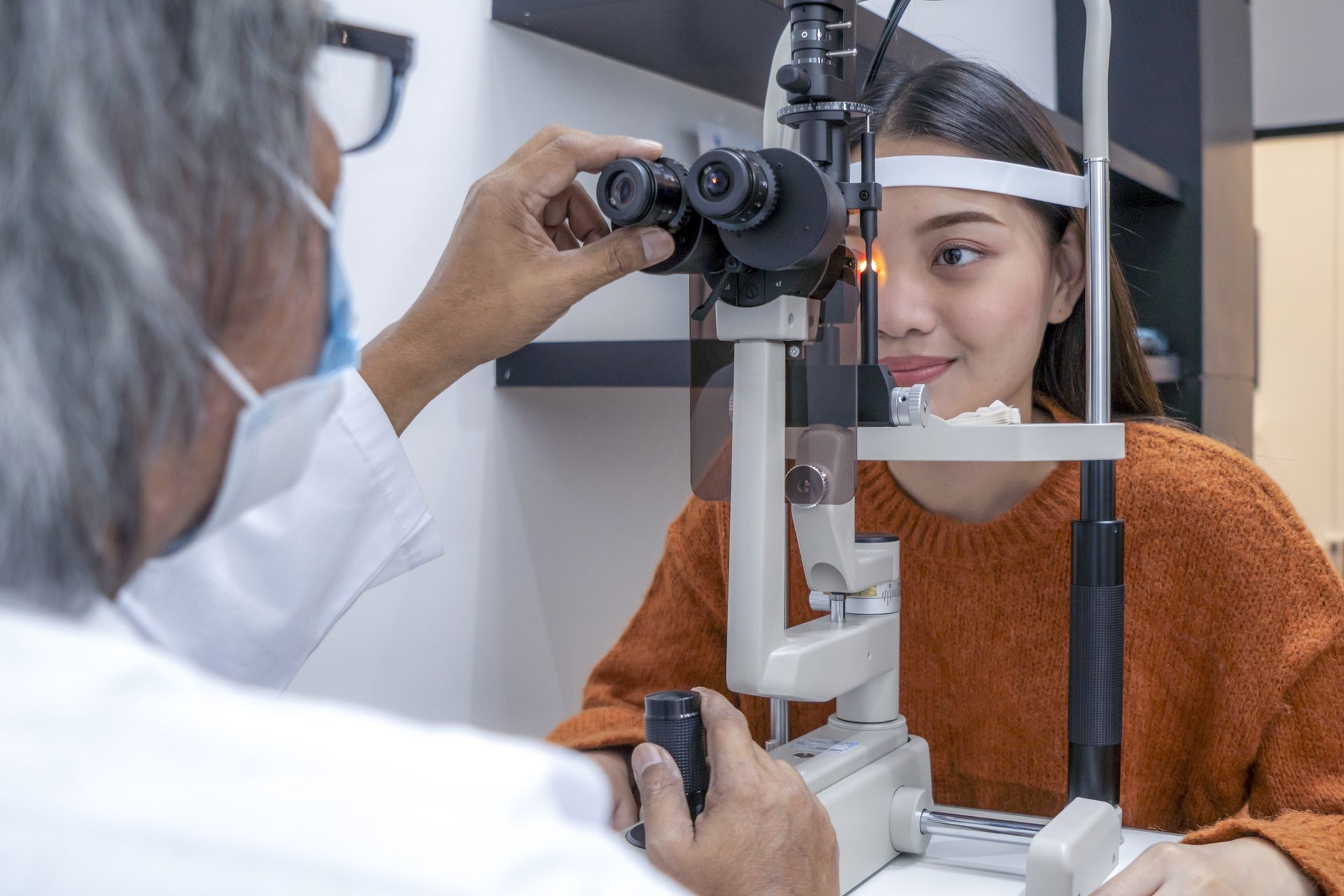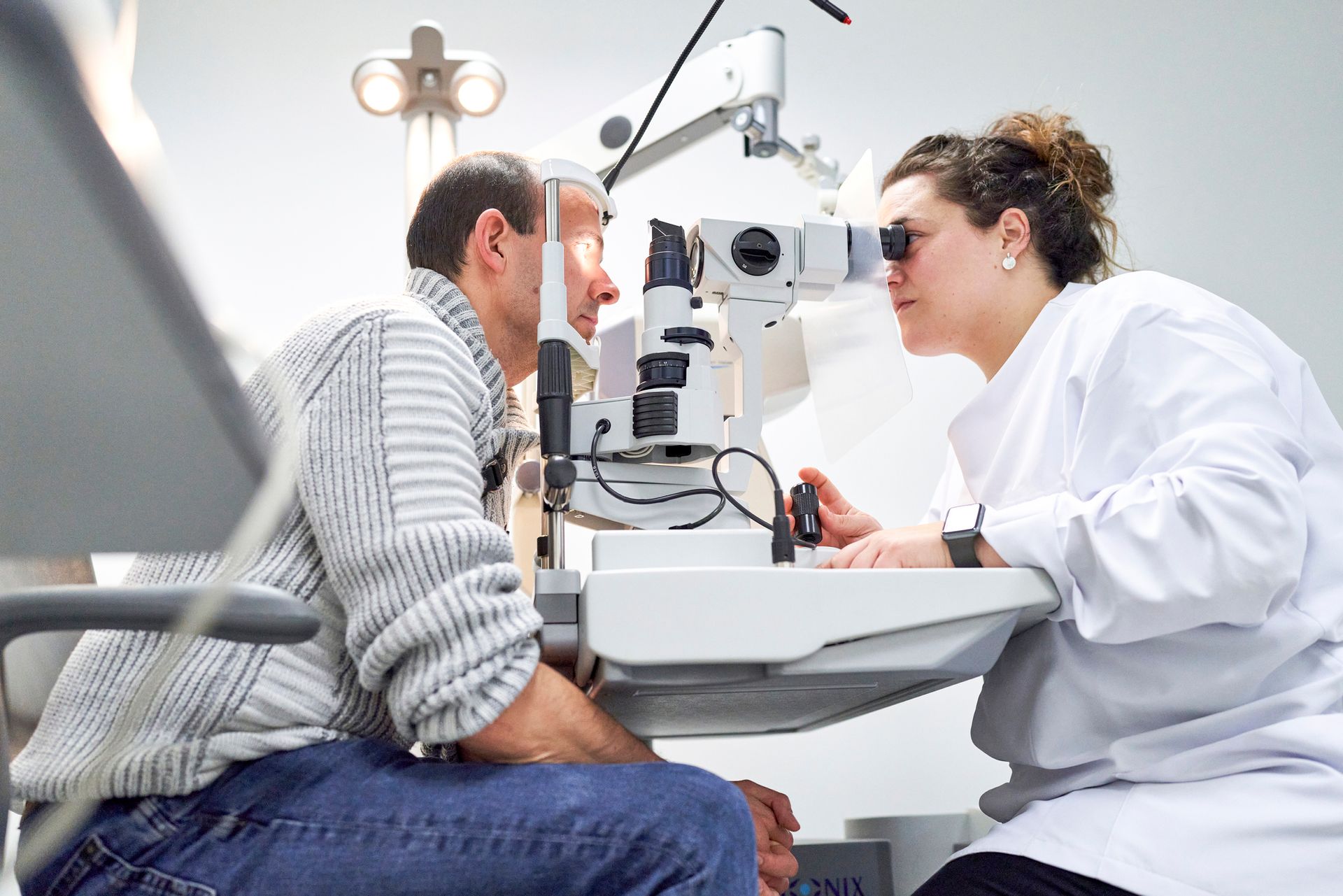3 Ways Modern Cataract Treatment Techniques Provide Clear Vision

Medical practitioners have searched for new ways to deal with cataracts for many years. Science has advanced a long way from ancient techniques that simply pushed the cataracts toward the back of the eyes or removed the lenses with replacing them.
Modern treatment techniques have turned cataract treatment into a highly controlled, minimally invasive procedure that can not only restore your vision to normal but potentially make it even sharper than you remembered. Take a look at just three of the ways modern cataract treatment techniques can restore and clarify your vision.
1. Diseased Lenses Removal
In normal vision, incoming light passes through the lens of the eye so the retina can absorb it and relay the resulting images to the optic nerve and brain. However, as the proteins that partially make up the lens break down, they clump together and create a physical barrier to clear vision even when the rest of the eye works well.
Modern cataract surgery removes that barrier as easily and effectively as possible. Your ophthalmologist will administer sedation and a local anesthetic to keep you calm and comfortable. A laser then makes a tiny, precise incision into the lens capsule, the envelope of tissue that holds the diseased lens in place.
The next step in cataract removal involves a technique called phacoemulsification. Your ophthalmologist will insert a small ultrasound device into the lens capsule. The ultrasound energy breaks up the lens. After removing the lens pieces, the ophthalmologist installs an artificial replacement lens. The incision should heal without stitches.
2. Prescription Vision Correction
If you had perfectly clear vision before your cataracts developed, you might need nothing more than a standard intraocular lens (IOL) replacement. In reality, however, many people either have a longstanding refractive error (such as nearsightedness or astigmatism) or develop a focus problem called presbyopia as they age.
Today's cataract replacement surgery can actually replace or reduce your need for prescription lenses such as glasses or contacts, potentially making your vision clearer than ever before. Your ophthalmologist can give you IOLs that correct a particular field of vision or even multiple fields of vision (in the case of presbyopia).
Some cataract surgery recipients may find that even if they do not opt for lenses that correct presbyopia, they can now get away with using non-prescription reading glasses thanks to their cataract surgery. Ask your ophthalmologist what kind of IOL makes the most sense for your particular needs, goals, and budget.
3. Follow-Up Lens Capsule Treatment
Cataract surgery does not always represent the final step in your quest for visual clarity. In some cataract patients, vision grows clouded again after weeks, months, or sometimes years. The IOL itself remains pristine, but the membranes of the lens capsule have grown a protein film that blocks some incoming light.
In the past, cataract surgery patients just had to live with this complication. Today, however, modern laser surgery techniques allow for a cleanup procedure known as YAG capsulotomy, named after the yttriumaluminum garnet laser for the procedure.
In a YAG capsulotomy, your ophthalmologist simply shines the laser beam into the lens capsule to destroy the protein film. After multiple pulses of laser energy, the lens capsule should regain its former transparency, allowing your new lens to do its job properly. This procedure may take only a couple of minutes per eye.
If you have decided to make a big leap forward in your visual clarity by treating your cataracts, schedule an appointment with Calvert Ophthalmology Center. Our skilled ophthalmology team can use state-of-the-art procedures to remove those troublesome cataracts and give you the optimal eyesight you seek.













